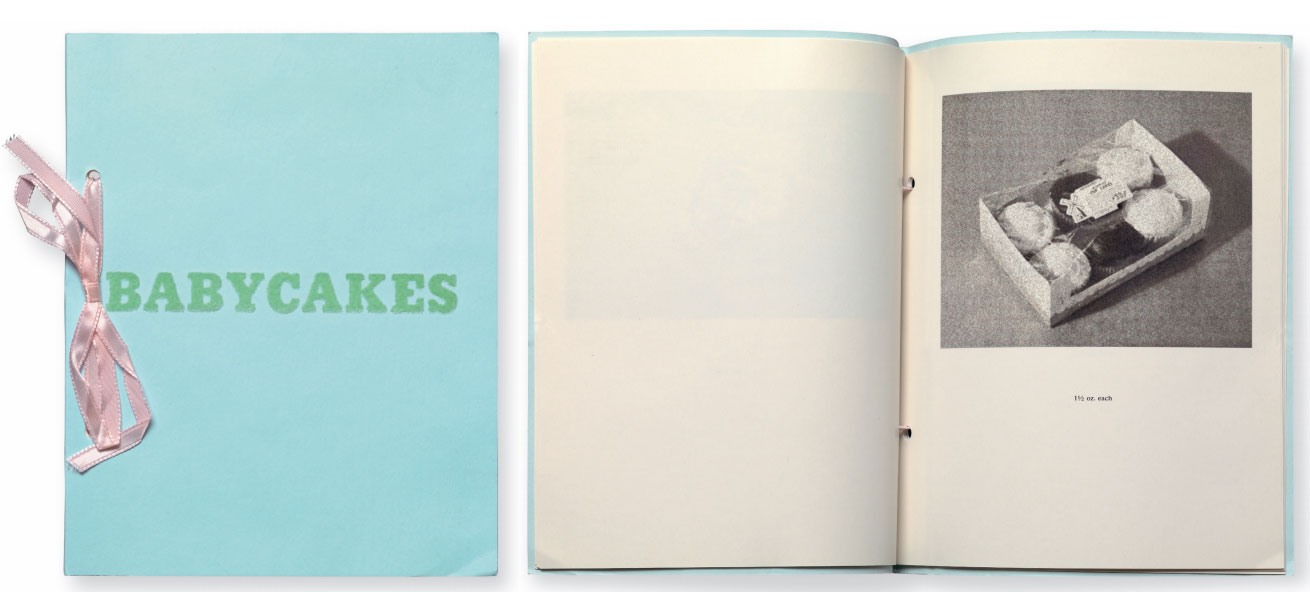
Performance art emerged in the 1960s. Since then it has become a popular medium where artists can explore themes of social status and personal identity. This genre of art was defined by the term "performance arts". Yves Klein and Gina Pane are three examples of artists who perform. Roselee Goldberg is another example.
Yves Klein
Yves Klein is an artist whose works include body movement as a medium. His first public display of his work took place in 1957 at an international competition hosted by Gelsenkirchen. He joined the group of artists called ZERO, which also featured Otto Piene (and Heinz Mack).
Klein's immersive walk-in installation Raum der Leere was created in Krefeld, Germany in 1961. Inspired by Le Vide, the French performance art piece, this room measured 285 by 442 cm. It was painted white and lit using neon lamps. This exhibition documents the performance using photographs and drawings.

Yves Klein wasn't only a performer but also a martial arts artist. He actually studied judo while he was a teenager. To learn the art, he went to Japan and obtained a fourth dan black belt. This training greatly influenced his life and career. He also wrote Les Fondements du Judo.
Gina Pane
Gina Pane, an Italian-born French artist who worked in installation and performance art was born in France. She was one the few female artists who worked with the human body in 1970s. She produced sculptures of her meticulously planned actions and took photographs to document them. Her use to the body as an artistic instrument was particularly sensitive, as it highlights vulnerability in women.
Pane's early work combined images into montage-like scenes. The scenes were staged in a way that the viewer could see the emotional depth and emotion of the performance but not be present. This performance art form has been recreated by many artists, including Marina Abramovic, in 2005.
Roselee Goldenberg
RoseLee Goldberg is an art historian, curator, author, and performer. She is also the creator of Performa, a New York City annual performance art festival. She specializes in modern performance art. Born in Durban, South Africa and educated in London in fine arts. Goldberg worked as a curator at the Gulbenkian Galleries of the Royal College of Art prior to founding Performa. Her support for artists like Marina Abramovic, JeanneClaude, and Christo was a hallmark of her work. She has also co-curated performances for museums.

Goldberg is also the author of LiveArtSince 1960: A History of Performance Art. She was the founder of PERFORMA, a non profit organization dedicated to visual art performance in the 21st century. She holds a degree from Courtauld Institute for Art.
FAQ
Why is pop music so popular
Pop music is fun because it is entertaining! Pop music is uplifting and can give you a great feeling of freedom. Pop music allows people to be free from any limitations and think about only themselves. They don’t have to worry what other people think. Pop music is a hugely popular genre. People enjoy songs that make their heart sing. If you're feeling down, you can always turn on the radio and hear some upbeat tunes. You may even find yourself singing along. Pop music has been a huge success over the years.
Who first coined the term Pop Music
Invented by Frank Zappa. He used the word pop music to describe his style of music.
He said that his goal was to make music that is accessible to everyone. This is why he called the music "pop music".
Zappa also came up with the phrase "You can tell it's popular when ..."". This means that something is very popular if people love it. Michael Jackson's Thriller record is one of the most successful.
Zappa's definitions of pop music are different than the current. Pop music is today all music. But back then, only certain kinds of music were considered pop.
What is popular culture in the world of music?
Popular Music Culture takes many forms.
The popular music culture is defined by the use of certain musical styles (e.g., jazz, rock) as well as lyrics. It also includes the influence of visual media (e.g., film, television and fashion) on artists' careers.
It's also all about how fans interact their favorite artists.
One element of popular music culture is the emergence of "superstars" - artists who have achieved fame and fortune for themselves.
These superstars often transcend genres and become cultural icons, and their popularity has influenced the evolution of popular music itself.
Other aspects of popular music culture include:
* The rise recording technology – from acoustic instruments up to electric guitarists and microphones.
* Invention of the record player and radio
* The birth and rise of rock & roll.
* Introduction of film and TV;
* The introduction of MTV and VH1
* The creation of the internet.
What are some positive aspects of pop culture?
Pop culture isn't all bad. Pop culture gives people something to talk. It allows people to express creativity. Pop culture can be used to promote artists' work.
Pop culture has the greatest quality, in my opinion. It brings people together. Everyone wants to see the same shows. Everyone enjoys the same music. People like the same movies. Pop culture makes it easy to connect.
Problem is, not all pop culture has the same health benefits. Some movies glorify violence. Some programs on television make fun of those with mental disabilities. Some bands also encourage fans to take drugs.
So what should we do with the negative aspects of pop culture?
We should avoid negative aspects of pop culture. It should not influence us. It can pose a threat to our health. It can also lead to crime. It can even cause problems in our relationships.
We need to consider whether pop culture is helping society or hurting it. Is pop culture promoting good values or negative ones? Are people being persuaded to do evil things?
And finally, we should ask ourselves whether we're happy with the kind of world we live in. Do we enjoy the music that we listen to? The TV shows that we watch The clothes we wear
We must be responsible for our actions if we are to care about the future. It is up to us to choose the kind of world that we want. This will allow us to choose the right kind of pop culture.
What examples of pop culture are there in 2020?
The music industry is evolving rapidly. We saw artists like Travis Scott and Post Malone reach number 1 on Billboard’s Hot 100 chart. This was an extraordinary feat for any artist.
The same is true for streaming platforms. Spotify reported streaming over 10 million hours of audio last year. It's 5x more than the content users were listening to five years ago.
This has caused a significant shift in media consumption. Nowadays, most people are more interested in consuming content than creating.
Everybody, from babies to old age, can now listen to high-quality audio content. This allows anyone to record, edit and mix their music.
To play your favorite song you don't have a degree in classical music theory. You can simply download an app, add your voice, and upload them to YouTube.
And if you don't want to make music yourself, why not watch someone else doing it instead? You will find many channels dedicated to creating videos of songs from covers to parodies.
What are examples of pop culture today?
Pop Culture is a 21st-century art form. Pop Culture includes all forms of popular entertainment such as music, film, TV and video games, fashion, advertising and comics. The term was first used by Neil Postman in his 1985 book Amusing Ourselves to Death. Pop was a method of mass communication using cheap tricks and formulaic techniques to create an illusion that spontaneity and uniqueness.
However, he noted that most people do not experience true enjoyment because they have become conditioned to seek media experiences that make them feel superior to others. He claimed that young adults have lost their ability to think critically due to this type of cultural expression.
Pop culture can also refer to popular culture and consumerism.
Is Tik Tok pop-culture?
Yes, it is! This is not only for teenagers. Anyone can use these short videos to show how they feel, express themselves, and share life moments with friends.
Every day, the app is used by over 200,000,000 people worldwide. And this number grows by millions each day.
This makes TikTok an incredible opportunity for brands to connect with consumers and build meaningful relationships.
Many influencers have established huge followings on TikTok. These creators create original content which engages audiences around the globe.
So what are you waiting for? Here are four ways you can take advantage of this trend.
-
Create viral content
-
Engage Influencers
-
Use Visuals Effectively
-
Be creative with your audience
Statistics
- Less than a decade later, that statistic rose to 90% (Dager, n.d.). (socialsci.libretexts.org)
- For example, the term hater meaning someone who strongly undermines or criticizes others, often due to pathetic jealousy, likely emerged from hip hop culture, such as the term playa hateras, used by influential rapper Biggie Smalls as early as 1995. (simplicable.com)
- According to CNBC.com, “more than 70% of the film's revenue came from countries outside the US” (https://www.cnbc.com/2019/01/08/aqua...nal-sales.html, ret. 8/18/19). (socialsci.libretexts.org)
- Recently, the market share across Western Europe has ranged from 60-75% (Hopewell, 2013). (socialsci.libretexts.org)
- According to Dictionary.com, popular culture, or low culture as it is sometimes referred to is comprised of the “cultural activities or commercial products reflecting, suited to, or aimed at the tastes of the general masses of people” (7/21/19). (socialsci.libretexts.org)
External Links
How To
What is pop culture in films?
Popular Movies Culture is a collection of all things entertainment including books and magazines, newspapers, television programmes, websites, blogs social media, apps, games and more.
There are several categories for movies: comedy, horror, action/adventure. fantasy, science fiction. romance. thriller. animation.
Movie plots often follow a predictable series of events that lead to satisfying conclusions.
Films' success is dependent on how closely they follow this formula.
Some of the most common plot points are:
-
A protagonist who has to overcome obstacles in order achieve his/her goal.
-
An antagonist who opposes the protagonist throughout the film;
-
A moral dilemma that requires the protagonist's to make a decision.
-
The twist that ends all.
You might need to reevaluate what your story is about before you begin to write.
These questions are particularly important to consider:
-
How do I establish my setting?
-
What is my protagonist looking for?
-
Why should readers care what my story is about?
-
Where is my story heading?
-
Who is my main person?
-
What about conflict?
-
What is the climax
-
What is your resolution?
-
Is the ending happy?
-
Do I need to introduce new characters
-
Is my story set in multiple settings?
-
Are there subplots available?
-
Are there key themes?
-
Can I tell a complete book in one chapter?
-
Are I effectively using dialogue?
-
Does my language sound clear and simple?
-
Is my vocabulary appropriate for the context?
-
Are you using active voice rather than passive voice?
-
Are there any spelling mistakes?
-
Is my grammar correct?
-
Are there too few adverbs in English?
-
Are there any other things I could do?
-
After I finish editing, what's my first impression?
Your job is more than just to write a book. It is also about getting it published.